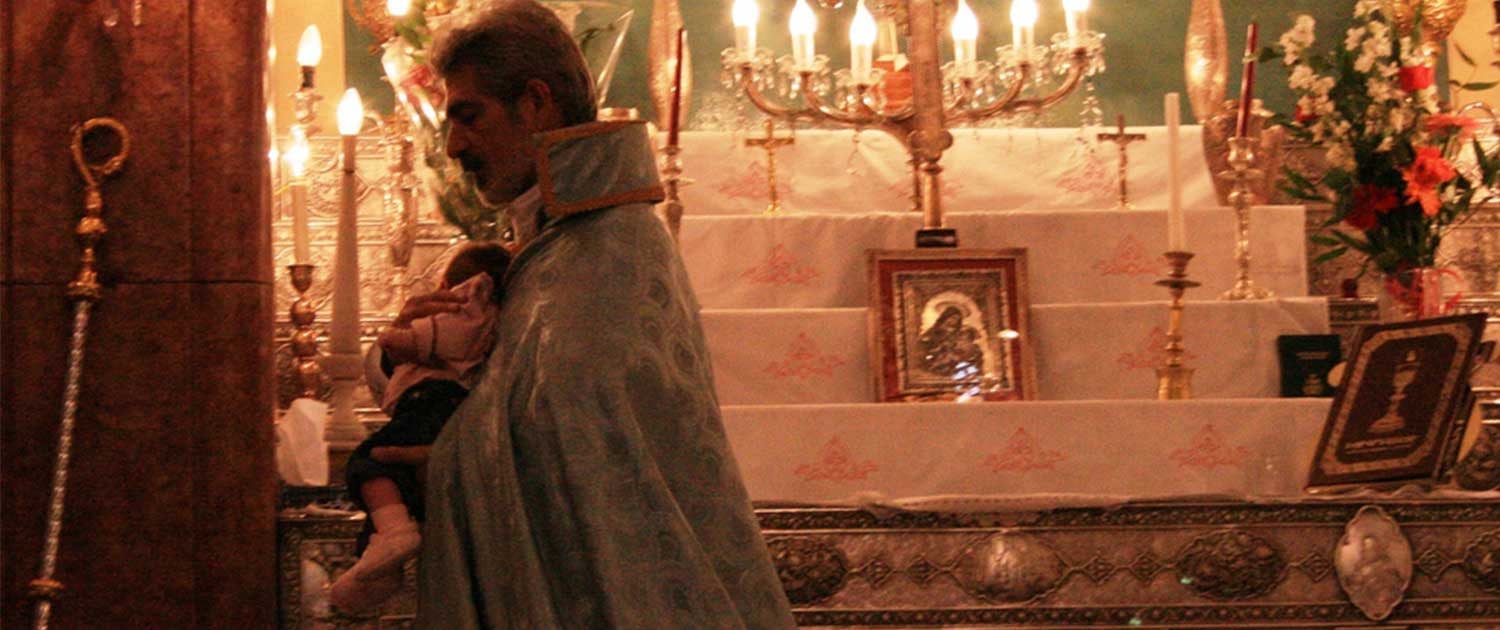Biblical Sites and Christian Districts: Sacred Tourism Attractions of Iran

Although the major part of the Iranian population associates themselves with the Shia branch of Islam, the country is home to other religions like Christianity as well. Therefore, apart from visiting glorious mosques in Iran, you also have the opportunity to visit magnificent churches and biblical sites in this eastern country.
Although the major part of the Iranian population associates themselves with the Shia branch of Islam, the country is home to other religions like Christianity as well. Therefore, apart from visiting glorious mosques in Iran, you also have the opportunity to visit magnificent churches and biblical sites in this eastern country.
As you may already know, the official state religion of Iran is Islam and a great number of Iranians associate themselves with the Shia branch of Islam. However, Iran is home to other religions such as Christian and Jewish as well. In fact, it surprises many people to know that Iran is home to the second-largest Jewish community in the Muslim world and the Middle East and that many Christians live in this country, too!
Actually, Christianity in Iran has a very long history. It dates back to the early years of the faith, pre-dating Islam. In comparison to other religious (Zoroastrianism before the Islamic conquest, Sunni Islam in the Middle Ages and Shia Islam in modern times) Christianity has always been a minority religion. But throughout history, the Christians of Iran have played a significant role in different areas and marked notable impacts. It’s interesting to know that currently there are at least 600 churches in Iran and you can find communities of Christian people in different parts of the country. The majority of Iranian Christians live in Tehran, but other Christians can also be found in Isfahan, Urmia, Hamedan, Abadan and other cities.

As we are reaching the end of the year in the Christian calendar, it might be interesting to explore the roots and backgrounds of this religion in a distinct destination. Whether you seek a sacred, religious experience, or you simply are interested in culture and history, a Christian tour to Iran can offer you a very unique and authentic experience. It allows you to discover Christianity in an eastern context and I assure you, it would be totally a distinct experience from a new perspective. So, let me introduce you to some of the sites you can explore.

Contents
Qareh Kelisa
Qareh Kelisa is an Armenian village in Baba Jik Rural District, in the Central District of Chaldoran County, West Azerbaijan Province, Iran. 20 kilometers from the town of Chaldoran, a monastery called Monastery of Saint Thaddeus (or Qare Kelisa) is located. You can see the monastery and its distinctive Armenian conical roofs from long distances. In 2008, this monastery was added to UNESCO’s World Heritage List, along with Chapel of Dzordzor and Monastery of Saint Stepanos in the same province. This magnificent monument is located in a mountainous area which adds to its beauty.

Jolfa
Jolfa is an Armenian quarter in Isfahan city, Iran. This is where you visit a totally different style of the city. Stone-pavements and authentic architecture of this neighborhood, along with the amazing Vank Church turns Jolfa to an interesting attraction in Isfahan. So, to know more about Christianity in Iran, you better include visiting Jolfa into your itinerary as well.


Chapel of Dzordzor
Chapel of Dzordzor is part of an Armenian monastery located in Maku County, West Azerbaijan Province, Iran, on Zangmar River near the village of Baron. It dates back to around the 14th century when it had its heyday. In the 17th century, however, when Shah Abbas I decided to displace the local Armenians, this chapel was abandoned and destroyed. Today, the Chapel of Holy Mother of God is the only part of the monastery that still stands.

Armenian quarter in Tehran
The Armenian community was originally settled around the old city of Tehran (southern edge of Bazaar district). But there are two other suburbs further north of the city, Vanak and Darrus, which Tehran Armenians occasionally refer to as old Armenian villages. Today, the Armenian quarter in Tehran is considered immediately south of the Armenian Cathedral located at the north end of Shahid Ostad Nejatollahi street and the closest corresponding neighborhood is called Bejhat Abad. AS well as discovering the neighborhood and its great coffee shops (Armenians in Iran normally offer the best coffee in the country!), you can visit Saint Sarkis Cathedral on Karimkhan Street. There are other catholic and orthodox expatriate community churches in Tehran as well, such as Saint Gregory the Illuminator in Ghazali Street, Saint Joseph (Surp Hovsep) Armenian Catholic Church in Mirdamad Boulevard and Holy Mary Greek Orthodox Church on Mofatteh Street.





Hi,
I visited Iran in January 2019. I fell in love with the people, the culture the history.
I arrived in Shiraz, traveled to Isfahan, visited Persepolis, where Queen Esther from the Bible saved the Jewish people. Then on to Hamadan where Esther and her Uncle Mordechai were buried. Then to Tehran.
I never knew the link between Christianity and Iran before my visit, and the religious tolerance I found astounded me.
I made dear friends in Iran, and with the political turmoil going on, I wish so much for freedom and liberation and to just “let the people live” for democracy.
I am old, retired and living in Namibia.
Yet I still search the internet for sites like these to keep me connected to that amazing country and the shared history that connects us all.
E